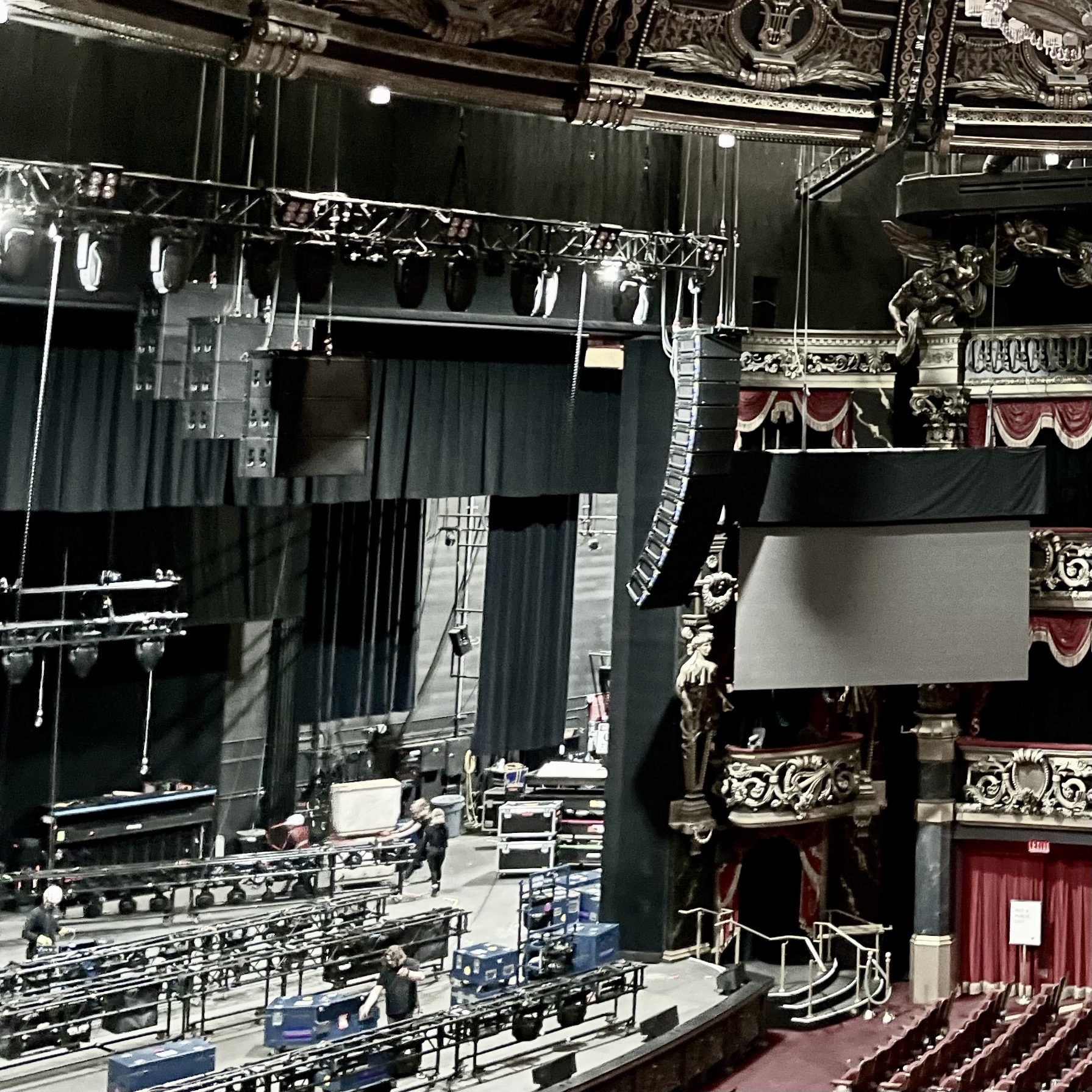Like most things in our industry, learning the behaviour of a sound system takes some trial and error. Understanding what you like does also.
When I started touring, I had no clue what was really out there. I had tried one brand of speakers in a fairly contained environment, and had read Bob McCarthy’s Sound Systems: Design and Optimization book, but had yet to gather true experience to be able to guide my teams with any real opinion. As I navigated the world, it became clear how much variety there was. I started to gain opinions as time continued, but struggled describing what I was hearing or why. Advancing shows felt like a huge obstacle since I still lacked practical application and wasn’t sure how to communicate my experience.
Repetition and analysis have helped me to decide what I want in a system (when I’m given resources to carry one,) and how to conceptualize it. I could break down my observations into data in this blog, but this is just intended to interpret the decisions I make, which ultimately boil down to how I feel when I mix on a system. I have taken accountability by attending classes, reading, and watching videos, so that I am capable of understanding what is happening mechanically that influences the results, and can communicate with systems engineers as needed. However, I am ultimately concerned with what my ear prefers, in which I’m asking myself questions such as:
- How do the speakers reproduce any given instrument, such as lead vocal, drums, or lead instruments?
- Is there distortion? Is it linear?
- Do I want a blank canvas, perhaps something that feels “honest,” or does the box have an implied tonality? Is there phasing and smearing influencing the character or depth of the sounds?
- How does compression feel on it? Is this something I’m concerned about with the show we’ve prepared?
On top of being able to make qualitative observations about a PA, it equally became necessary to understand the tools at hand. Most modern systems utilize their own software with tools that assist you in the final product. L-Acoustics, Meyer, and d&b, for example, all have varying approaches, and being able to understand those tools can help you determine why you’re hearing what you’re hearing, and provide insight into how to approach it. Also invaluable are the systems engineers who know how to turn expectations into a tangible end result.
These were definitely not concepts I was familiar with initially, but when comparing mixes on PA du jour, I was able to quickly familiarize myself with what I was hearing out of different boxes. Being able to identify these trends have made me comfortable as a mix engineer. Most importantly, being able to recognize trends between the systems has improved my mixing greatly because I was able to begin anticipating the shifts in my mix system to system, night to night. This isn’t an all-inclusive guide or necessarily actionable, just simply considerations for qualifying your experiences. At the end of the day, use your ears and be observant of how you feel.
